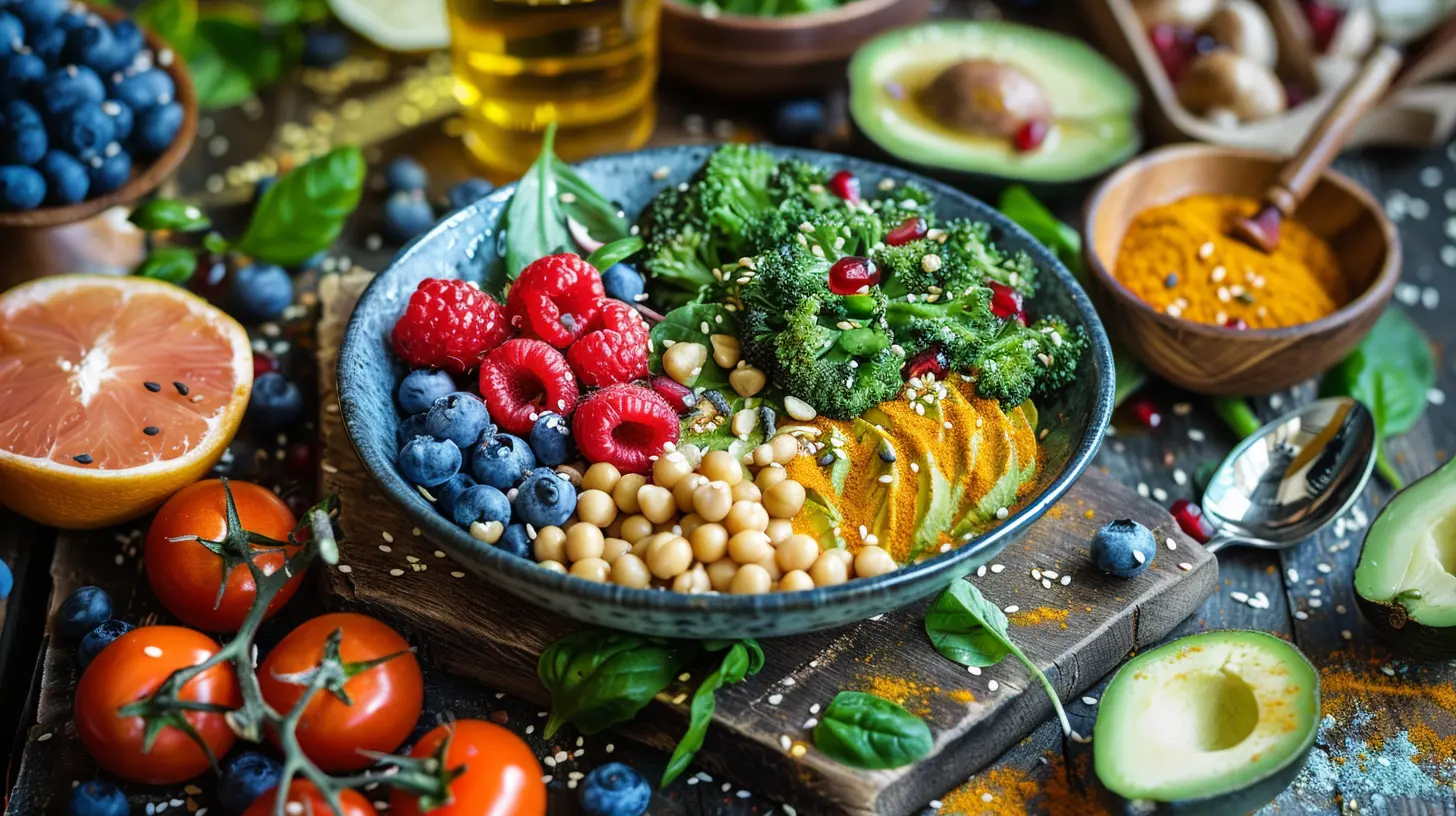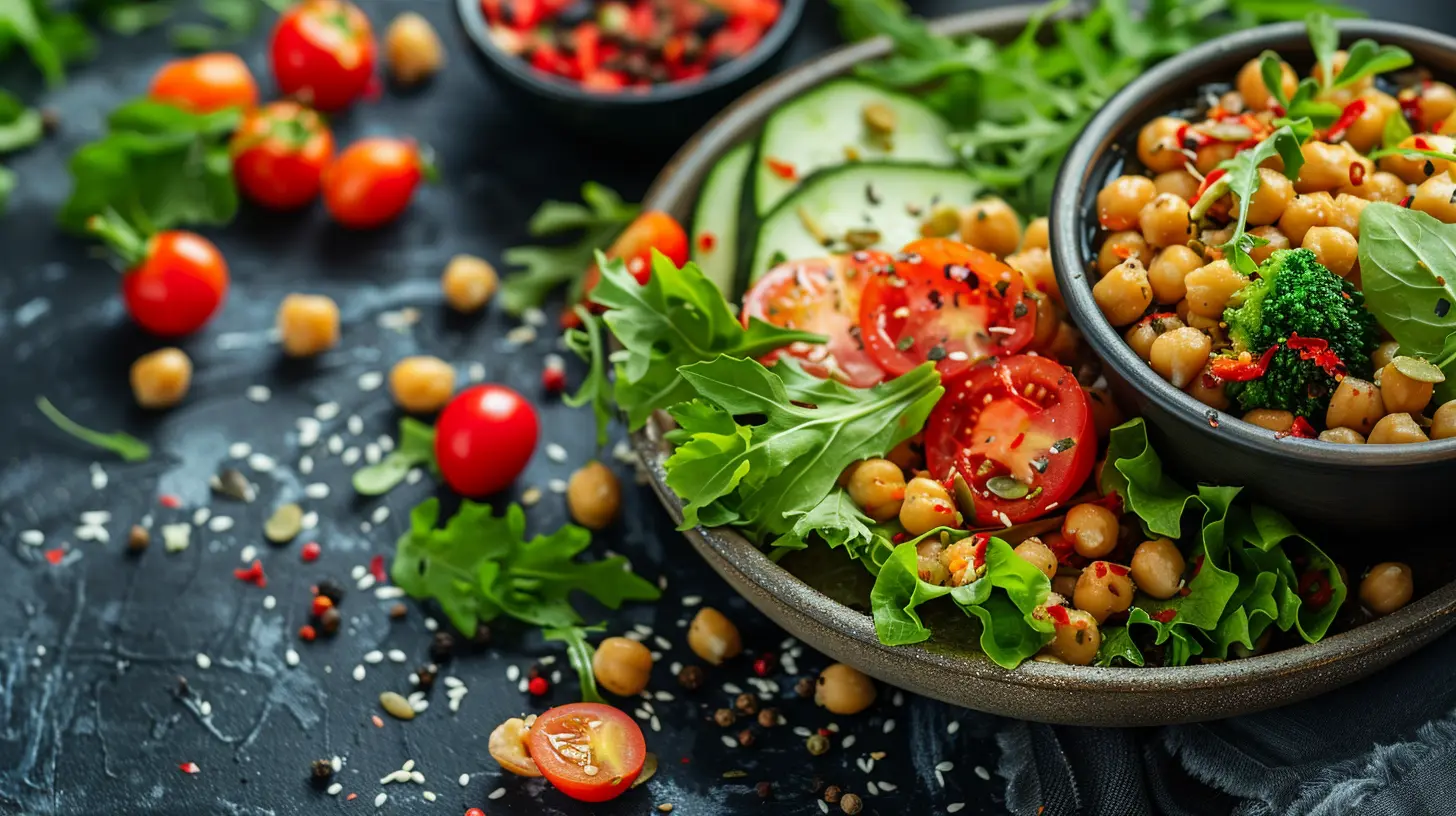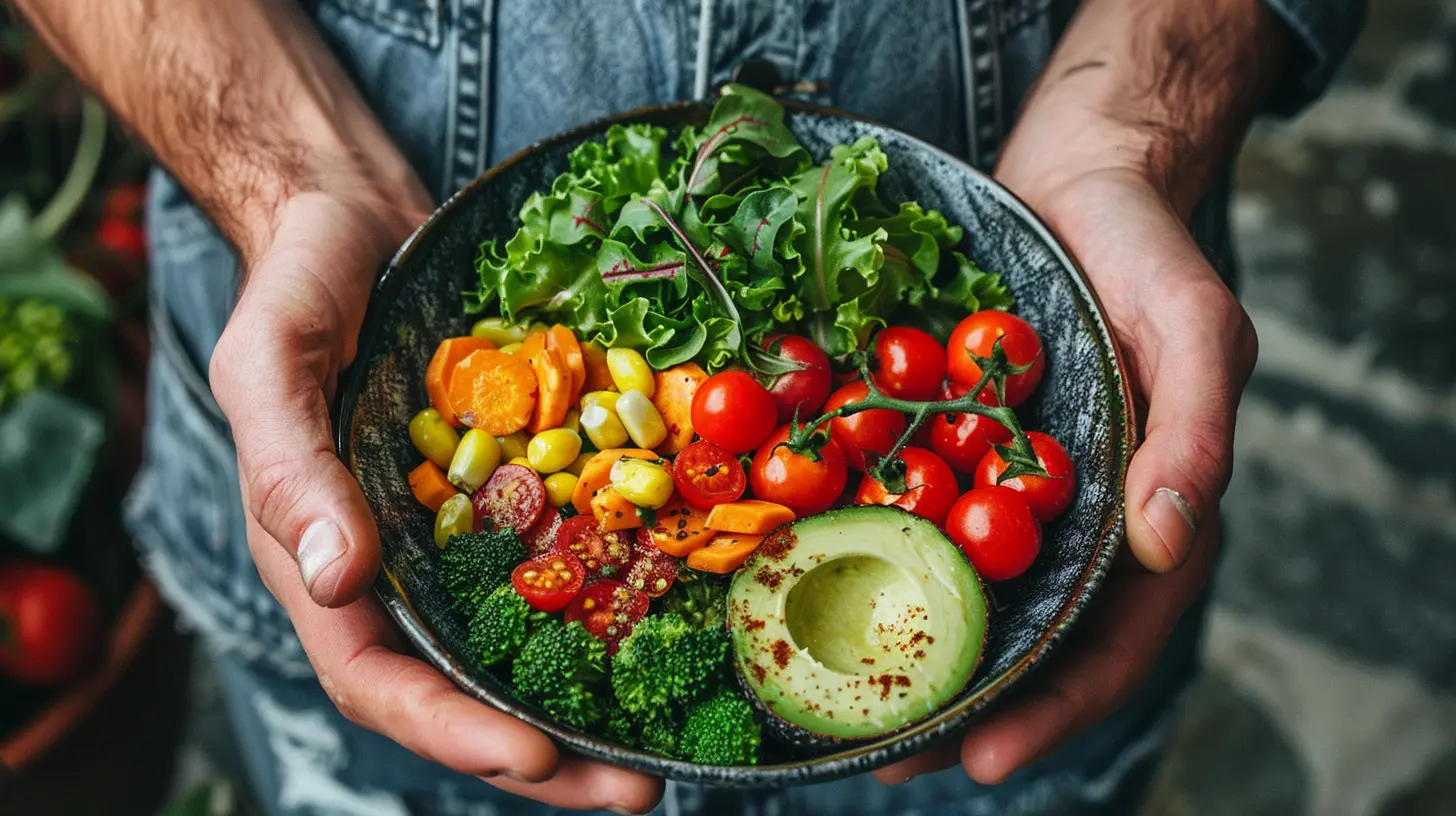Vegan on a Budget: Eating Healthy Without Breaking the Bank
7 November 2025
Switching to a vegan diet can seem overwhelming—especially when you’re on a budget. Many people assume that eating plant-based means pricey organic groceries and fancy superfoods. But guess what? That’s far from the truth! You don’t need to spend a fortune to eat nutritious, delicious, and satisfying vegan meals.
With the right strategies, you can nourish your body without emptying your wallet. Whether you're new to veganism or just trying to save some cash, this guide will show you how to stick to a plant-based diet without financial stress. Let’s dive in!

Why Vegan Eating Doesn't Have to Be Expensive
Before we get into the nitty-gritty, let’s bust a common myth: Veganism is not just for the wealthy. In fact, some of the cheapest staple foods on the planet—like rice, beans, lentils, and potatoes—are plant-based!When you remove expensive processed foods and fancy vegan substitutes, eating whole plant foods becomes one of the most budget-friendly ways to nourish yourself. With some smart choices and planning, you can eat well without sacrificing taste, variety, or nutrition.

Smart Tips to Stay Vegan on a Budget
1. Plan Your Meals and Stick to a List
Ever wandered into the grocery store without a plan and ended up overspending? Yep, we’ve all been there. Planning your meals for the week helps you stay on track, avoid impulse buys, and reduce food waste.Create a simple meal plan around affordable ingredients. Stick to a grocery list and resist the temptation to grab unnecessary (and often pricey) extras.
2. Embrace Affordable Plant-Based Staples
Stock your kitchen with budget-friendly vegan staples that are versatile, shelf-stable, and packed with nutrients:- Grains: Rice, oats, pasta, quinoa, and whole wheat bread
- Legumes: Lentils, chickpeas, black beans, and split peas
- Vegetables: Carrots, cabbage, potatoes, onions, and frozen veggies
- Fruits: Bananas, apples, oranges, and canned or frozen fruits
- Nuts & Seeds: Peanuts, sunflower seeds, and flaxseeds
- Plant-Based Protein: Tofu, tempeh, and peanut butter
These basic ingredients can be used in countless ways, keeping your meals exciting without skyrocketing your grocery bill.
3. Buy in Bulk & Shop Smart
Bulk shopping is a total game-changer when it comes to saving money. Buying grains, beans, and nuts in bulk is often cheaper per unit than packaged versions. Check out local markets or bulk sections in grocery stores for the best deals!Additionally, discount grocery stores and farmers' markets can help stretch your budget further. Many farmers sell imperfect (but perfectly edible) produce at reduced prices—great for soups, smoothies, and stir-fries!
4. Cook at Home More Often
Eating out can drain your wallet fast. While vegan restaurants are great for a treat, frequent dining out adds up quickly. Cooking at home is way more affordable and healthier than relying on pre-packaged foods.Even simple meals like rice and beans, lentil soup, or veggie stir-fry can be filling, nutritious, and super cheap! Plus, it's a fun way to get creative in the kitchen.
5. Reduce Processed & Specialty Vegan Foods
It’s easy to be tempted by vegan cheese, meat substitutes, or plant-based convenience foods. But let’s be honest: they’re expensive.Instead of relying on costly alternatives, opt for whole foods that naturally provide protein and flavor. For example:
- Swap vegan burgers for homemade lentil patties
- Use nutritional yeast instead of store-bought vegan cheese
- Make your own hummus instead of buying pricey pre-packaged ones
By keeping it simple, you’ll save money and avoid unnecessary additives found in processed vegan items.
6. Use Your Freezer Wisely
Wasting food = wasting money. Instead of tossing leftovers, freeze extra portions for future meals.Freezing meal preps, homemade soups, extra cooked grains, and even overripe bananas (for smoothies!) can help cut down on food waste while giving you quick meal options when you're busy.
7. Grow Your Own Herbs & Vegetables
Not everyone has a garden, but growing a few herbs like basil, parsley, or cilantro on your windowsill can save money. Fresh herbs can be expensive at the store, but they add tons of flavor to meals for just pennies if you grow them yourself!If you have space, consider growing budget-friendly vegetables like tomatoes, peppers, kale, or zucchini—even a small container garden can help you save.
8. Make Your Own Plant-Based Staples
Pre-made nut milk, granola bars, and salad dressings can be pricey. Making them at home is not only cheaper but often healthier too!Some DIY ideas include:
- Homemade oat milk (blend oats with water, strain, and sweeten if needed)
- DIY energy balls (blend oats, peanut butter, and dates for a quick snack)
- Simple salad dressings (olive oil, lemon juice, and spices)
With a little effort, you can recreate store-bought favorites at a fraction of the cost.

Sample Budget-Friendly Vegan Meal Plan
Need some inspiration? Here’s a cheap and easy plant-based meal plan to get you started:Breakfast
- Oatmeal with banana and peanut butter- Smoothie with frozen fruit and flaxseeds
- Whole wheat toast with homemade hummus
Lunch
- Chickpea salad sandwich on whole wheat bread- Lentil soup with a side of rice
- Veggie stir-fry with tofu and quinoa
Dinner
- Spaghetti with homemade marinara sauce and sautéed veggies- Black bean tacos with corn tortillas and avocado
- Baked sweet potato with sautéed greens and peanut sauce
Snacks
- Roasted chickpeas- Apple slices with peanut butter
- Homemade popcorn with nutritional yeast
All these meals use affordable and easy-to-find ingredients, proving that eating vegan on a budget is totally doable!

Final Thoughts
You don’t need a big budget to eat a wholesome, plant-based diet. By planning your meals, buying in bulk, cooking at home, and choosing affordable staples, you can enjoy a vegan lifestyle without overspending.Remember—eating vegan doesn’t have to be complicated. Keep it simple, use what you have, and focus on nutritious, whole foods that are naturally kind to both your wallet and your health.
Ready to try it out? Start with small changes, experiment in the kitchen, and watch how quickly you’ll realize that being vegan on a budget is not only possible—it’s delicious, too!
all images in this post were generated using AI tools
Category:
Vegan DietAuthor:

Tiffany Foster
Discussion
rate this article
1 comments
Damon McCullough
Grateful for these budget tips!
November 9, 2025 at 5:31 PM

Tiffany Foster
Thank you! I'm glad you found the tips helpful!


